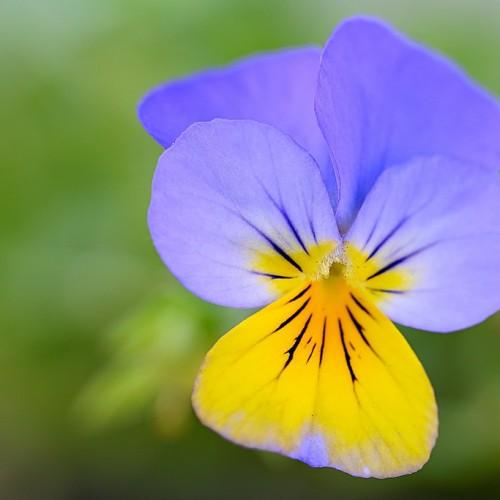
horned violet
Viola cornuta
Cycle:
Herbaceous Perennial
Watering:
Average
Hardiness Zone:
6 - 11
Flowers:
Flowers
Sun:
Full sun,part shade
Leaf:
Yes
Growth Rate:
Low
Maintenance:
Moderate
Salt Tolerant:
Yes
watering
Horned violets should be watered deeply and regularly to encourage healthy growth. Watering should be done twice a week, making sure to thoroughly saturate the soil. Allow the soil to become almost dry between watering, as too much water can cause root rot. During the summer season, when horned violets are actively growing, an additional watering may be necessary if soil dries out more quickly.
sunlight
Horned violet plants prefer to receive partial shade or filtered sunlight for at least 4-6 hours a day. During the summer months, the best time of day to receive this amount of sunlight is from 9am-3pm. If planted in direct sun, these plants may need to be staked to support the stems from drooping. In the winter months, sunlight should be reduced to a few hours a day. During morning hours will be best in the winter months to provide the plants enough light without scorching them.
pruning
Horned violets (Viola cornuta) should be pruned in the early spring before new growth begins, usually sometime between February or March. Prune away any damaged or dead foliage first, and then remove up to 1-third of the overall plant height. Prune the stems by cutting them back to just above a healthy bud or leaf. Cut all flowering stems all the way back to the base to encourage new growth. This will also help ensure the plant retains its compact shape. Pruning in the springtime helps create more blooms throughout the summer, as well as encouraging stronger stems.
